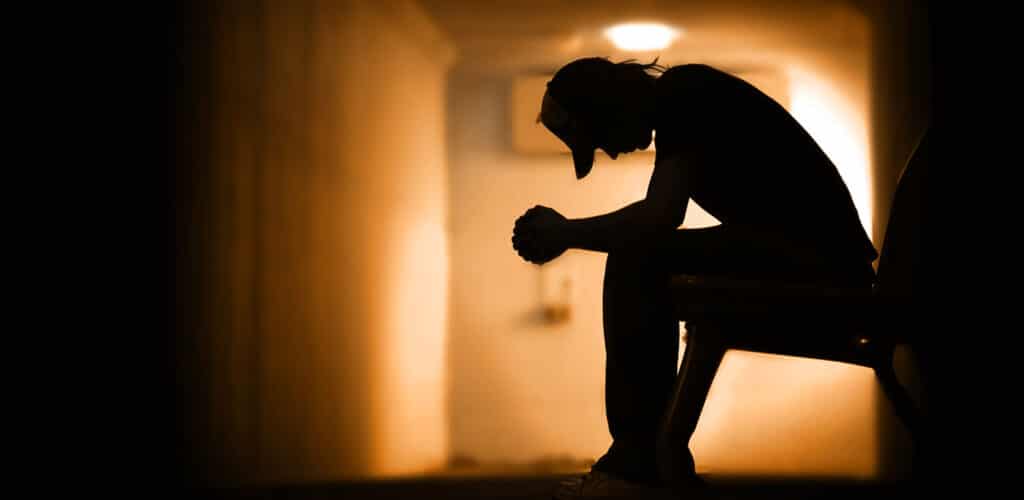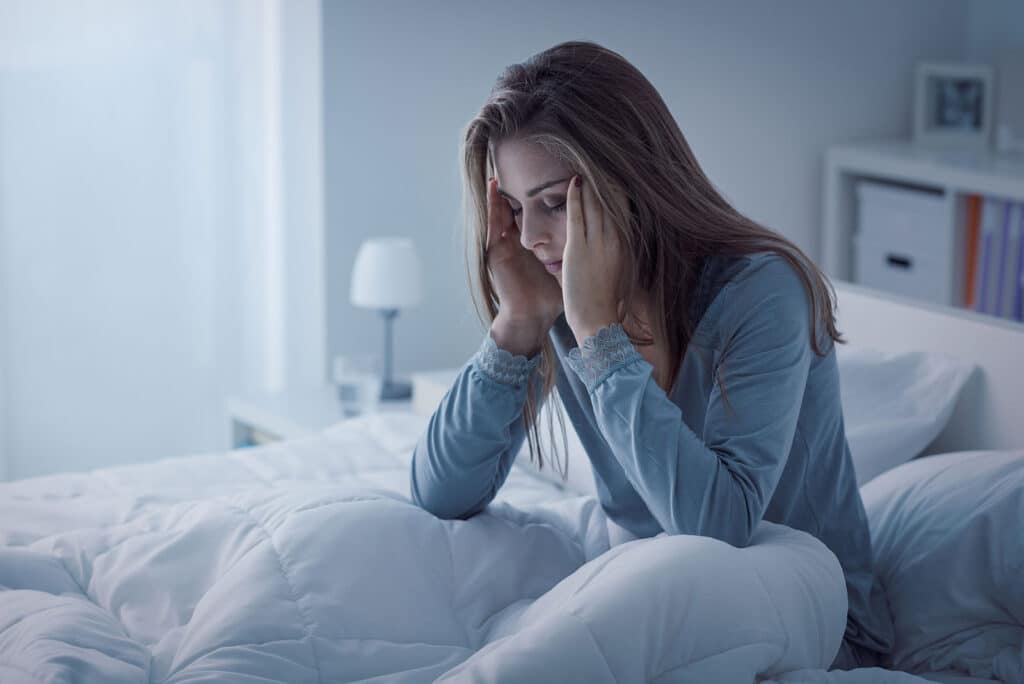Rohypnol may not be a name that most people are aware of. However, its brand name, flunitrazepam could be a bit more common to people.
That’s because flunitrazepam is considered a common date-rape drug, which can assist in dangerous behaviors like sexual assault.
To make things worse, Rohypnol can also be addictive. So, even if it’s legally used for medical purposes, one can still become dependent on it.
This guide discusses everything you need to know about Rohypnol, including its mechanism of action, occurrence of addiction, and most importantly, treatment.
Table of Contents
What is Rohypnol?
Rohypnol is a central nervous system depressant belonging to the benzodiazepine family.

It was initially developed by Hoffmann-La Roche in the 1970s and has been prescribed for severe insomnia and as a pre-anesthetic medication in some countries.
However, due to its potential for misuse and abuse, it has been banned or heavily restricted in many countries.
How Does Rohypnol Addiction Occur?
Rohypnol is a benzodiazepine, a class of drugs that target a brain chemical called gamma-aminobutyric acid (GABA). GABA acts as an inhibitory neurotransmitter, calming nerve activity.
When it binds to GABA receptors, Rohypnol increases the effects of GABA, causing feelings of relaxation, drowsiness, and reduced anxiety. This is useful in controlled medical settings for short-term treatment of insomnia or anxiety.
However, with repeated use, Rohypnol can alter the brain’s reward system. Instead of relying on natural dopamine and other neurotransmitters to feel good, Rohypnol can create an artificial sense of reward, making the user feel they need the drug to feel good.
Over time, the brain becomes dependent on Rohypnol to maintain a normal level of GABA function. When use stops, withdrawal symptoms start to show up.
How Common is Rohypnol Addiction?
Rohypnol isn’t as common as other addictive drugs like opioids. However, according to a DEA report, it’s especially common among the youth because of its low cost which is often less than $5 per tablet.
A survey that was performed in 1996 found that 1.2% to 1.7% of high school students used Rohypnol at least once in their lives

What Does Rohypnol Addiction Look Like?
The following signs and symptoms can help identify when someone is struggling with Rohypnol. The drug itself can be detected in the urine through a blood test. However, detection in the urine alone doesn’t confirm addiction, as it could be used for medical purposes.
Generally, diagnosis must be done by a qualified clinical after performing the drug test and looking at the patient’s medical history.
Note: Because it’s considered a date-rape drug, Rohypnol isn’t legally available in the United States. As such, if it’s detected in the urine within the nation, it’s unlikely that the person is using it for medical purposes.
Signs of Rohypnol Addiction
- Increased Tolerance: Over time, individuals may find that they need higher doses of Rohypnol to achieve the desired effects due to the development of tolerance.
- Loss of Control: People struggling with Rohypnol addiction may find it difficult to control their use of the drug, even when they are aware of the negative consequences.
- Social and Occupational Impairment: Addiction to Rohypnol can lead to difficulties in relationships, work, and other areas of life. Individuals may prioritize drug use over responsibilities and social obligations.
- Secrecy and Deception: Addicted individuals may hide their drug use or lie about it to friends, family, and healthcare providers.
Symptoms of Rohypnol Addiction
- Physical Symptoms: These may include drowsiness, dizziness, impaired coordination, slurred speech, blurred vision, and respiratory depression.
- Psychological Symptoms: Individuals may experience mood swings, depression, anxiety, agitation, confusion, memory problems, and cognitive impairment.
- Behavioral Changes: Addiction to Rohypnol can lead to changes in behavior, such as increased risk-taking, engaging in illegal activities to obtain the drug, and neglecting personal hygiene and appearance.
- Sleep Disturbances: While Rohypnol is initially prescribed for sleep disorders, addiction can lead to disrupted sleep patterns, including difficulty falling asleep without the drug and rebound insomnia during withdrawal.
Dangers of Rohypnol Addiction
- Overdose: Taking high doses of Rohypnol, especially when combined with alcohol or other central nervous system depressants, can lead to overdose, respiratory depression, and coma. In extreme cases, it can also be fatal.
- Physical Health Risks: Long-term use of Rohypnol can result in respiratory problems, cardiovascular issues, liver damage, and increased susceptibility to infections.
- Mental Health Consequences: Addiction to Rohypnol is associated with an increased risk of developing or exacerbating mental health disorders such as depression, anxiety, and psychosis.
- Social and Relationship Problems: Addiction to Rohypnol can strain relationships with family, friends, and colleagues, leading to isolation and loneliness.
- Legal Consequences: Misuse of Rohypnol can result in legal issues, including arrest, criminal charges, and incarceration.
What are the Symptoms of Rohypnol Withdrawal?
Rohypnol withdrawal can be a serious condition with a range of both physical and psychological symptoms.

Withdrawal symptoms typically begin within 10-26 hours after the last dose of Rohypnol. The severity of symptoms depends on various factors like the duration, intensity of use, and individual variations.
Physical Symptoms
- Insomnia: This is a common withdrawal symptom, making it difficult to fall asleep or stay asleep.
- Anxiety and Restlessness: Feelings of agitation, nervousness, and an inability to relax are common.
- Muscle Tension and Pain: Aching muscles and stiffness are frequent withdrawal effects.
- Tremors: Most commonly in the limbs.
- Seizures: In severe cases, especially with abrupt cessation of long-term use, seizures are a potential risk.
- Nausea and Vomiting: Upset stomach and digestive issues are common in most addiction cases.
- Headaches: Persistent headaches that don’t go away even with painkillers.
- Sweating and Fever: Increased body temperature and sweating aren’t uncommon.
Psychological Symptoms
- Irritability: Increased frustration and a short temper.
- Depression: Feelings of sadness, hopelessness, and worthlessness.
- Difficulty Concentrating: Focusing on tasks or completing work can be challenging.
- Paranoia: Feeling suspicious or distrustful of others.
- Hallucinations: In severe cases, experiencing distortions of sight or sound is a possibility.
- Delirium: This is a state of confusion with altered consciousness and may require medical attention.
Rohypnol Addiction Treatment
The difficult withdrawal symptoms make it a bit challenging to overcome Rohypnol dependence without professional help.
Look for well-established addiction treatment centers like the Illinois Recovery Center to go through a series of evidence-based approaches to help with the treatment.
The treatment steps often comprise:
1. Detoxification
The first step on the path to recovery from Rohypnol addiction is detoxification. This process involves safely removing Rohypnol from the body.
Ideally, detoxification occurs in a medically supervised setting to manage withdrawal symptoms, which can be uncomfortable and even dangerous.
A doctor will gradually taper the dose of Rohypnol over a period of time. This tapering helps minimize the severity of withdrawal symptoms and eases the body off its dependence on the drug.

2. Therapy
Therapy plays a critical role in long-term recovery from Rohypnol addiction. Two main types of therapy are beneficial: individual therapy and group therapy.
Individual Therapy
Individual therapy provides a safe space to explore the underlying causes of addiction.
A therapist can help you identify triggers that lead to drug use, develop healthy coping mechanisms for dealing with stress and difficult emotions, and prevent relapse
They can also address any co-occurring mental health issues like depression or anxiety that might be contributing to addiction.
Group Therapy
Group therapy offers a supportive environment to connect with others who understand the challenges of recovering from addiction.
Sharing experiences, offering encouragement, and learning from others in the group can be a powerful source of strength.
Cognitive-behavioral therapy (CBT) is a common approach used in therapy for addiction. CBT helps identify and change negative thought patterns that contribute to drug use.
By learning to think differently about situations and emotions, individuals can develop healthier ways to cope.
3. Medication
In some cases, medication can be used alongside therapy to manage withdrawal symptoms and cravings during detoxification and early recovery.
Medications like anti-seizure drugs might be used to reduce the risk of seizures, a potential withdrawal symptom. A doctor will determine the most appropriate medication and dosage based on the individual’s specific needs.
4. Support Groups
Joining support groups like Narcotics Anonymous or benzodiazepine-specific groups can provide ongoing encouragement and connection with others in recovery.

These groups offer a safe space to share experiences, learn from others who have successfully overcome addiction and stay accountable on the road to recovery.
The support and camaraderie found in group settings can be a powerful tool in maintaining sobriety.
Final Words
Rohypnol is a dangerous drug. If used legally, it can cause addiction, and if used illegally, it can result in sexual assault. Despite not being as common as other addictive drugs like opioids, it shouldn’t be utilized with any less caution.
If you live in the USA, the chances of being prescribed this drug legally are non-existent. Unfortunately, it’s still illegally available.
If you know anyone who’s struggling with Rohypnol addiction, have them contact us at the Illinois Recovery Center.



